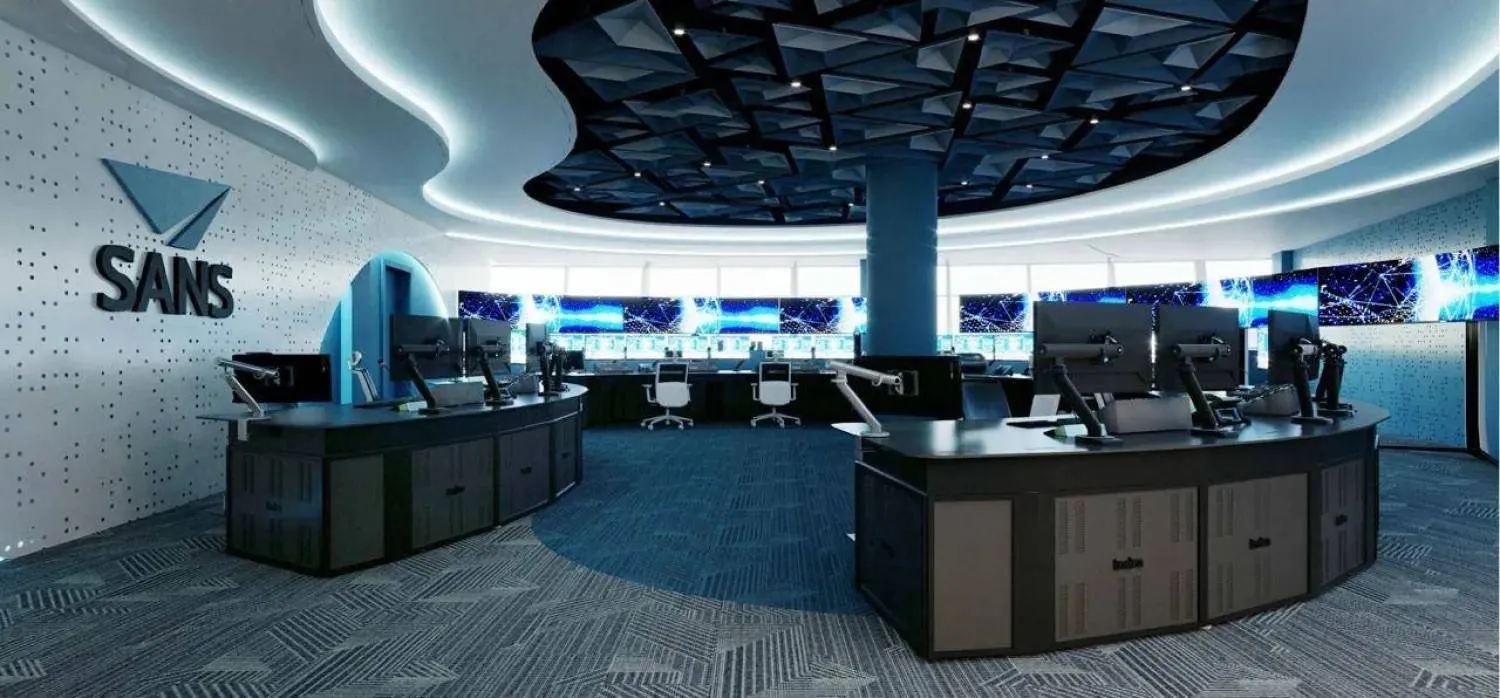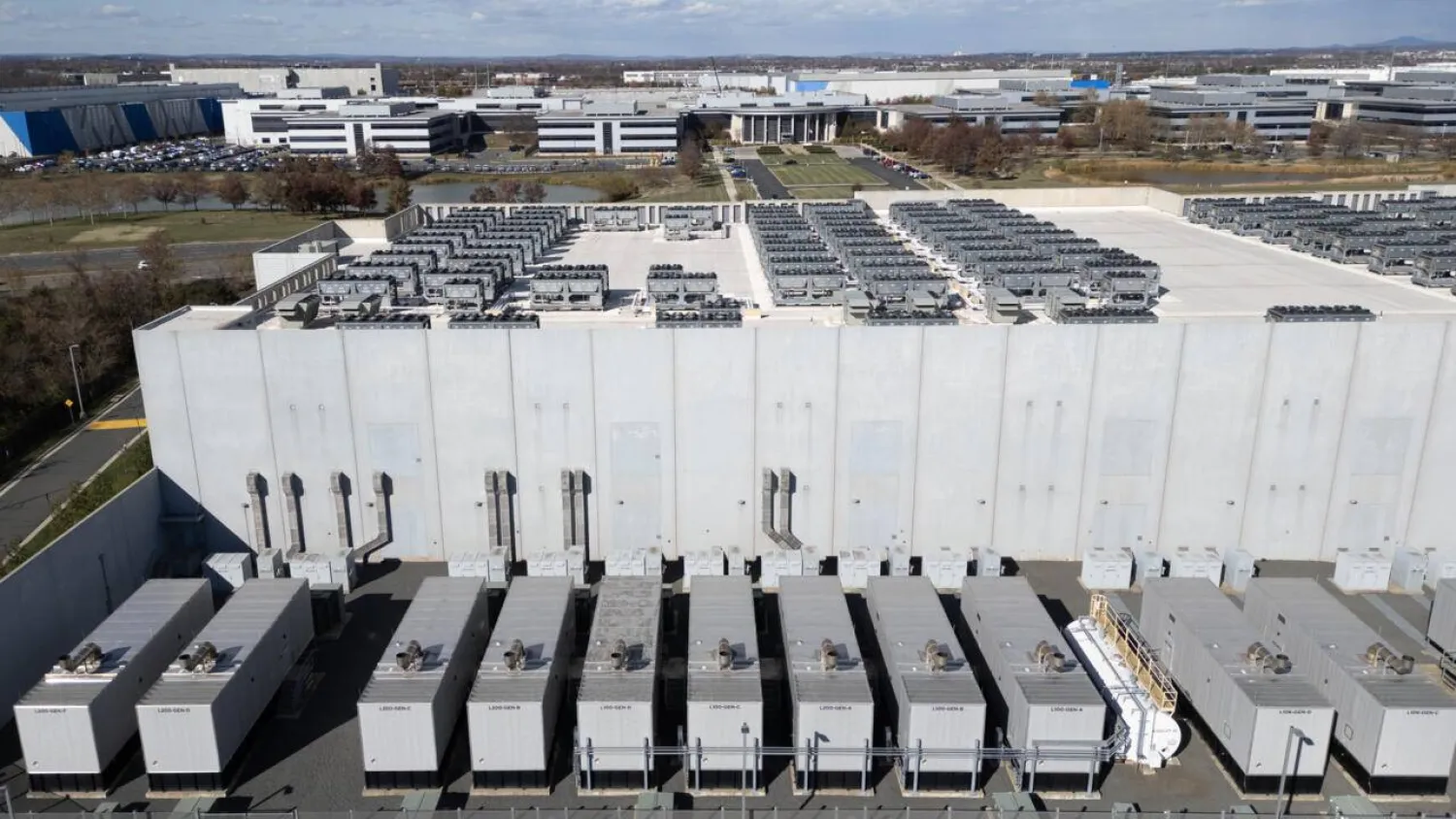Investors and financial markets are closely watching the US Federal Reserve’s upcoming decision on interest rates, which will be announced after the Federal Open Market Committee meeting on Wednesday. Debate is focused on whether the cut will be 25 or 50 basis points, with polls favoring a 50-basis point reduction.
With this decision looming, questions arise about its impact on Gulf markets, particularly Saudi Arabia. Asharq Al-Awsat spoke with financial experts who predicted positive effects on market liquidity, especially in key sectors.
Attracting Investments
Mohammed Al-Farraj, Senior Head of Asset Management at Arbah Capital, told Asharq Al-Awsat that the chances of the US Federal Reserve cutting rates by 50 basis points have risen to 68%. This would attract more foreign investment into the Saudi market, increasing cash flows and boosting trading volumes and liquidity in the Saudi stock exchange. Al-Farraj also noted that lower interest rates would have a positive impact on corporate revenues in the fourth quarter of this year and the first quarter of 2025, driving economic growth, reducing financing costs, and enhancing profit margins, which would raise the overall market value of the Saudi stock market.
Key Benefiting Sectors
Ibrahim Al-Nuwaibet, CEO of Qima Capital, stated that stock prices are unlikely to see a major change as markets tend to react to interest rate changes before they are officially announced. He explained that the market had already absorbed the potential rate cut, especially since a 25-basis-point reduction would have had more impact if it had occurred in July. Al-Nuwaibet noted that the sectors most likely to benefit include finance companies, which have been hurt by high interest rates, as well as sectors dependent on long-term contracts requiring bank financing. Additionally, the petrochemical sector, including companies like SABIC, Yansab, and Aramco, could benefit, though it may take longer for the global market to respond.
Gulf Central Banks
Gulf countries are expected to follow the US Federal Reserve with their own monetary easing once the rate cut is announced. Gulf central banks have closely tracked the Fed’s rate hikes since 2022 to manage inflation, given their currencies’ peg to the US dollar. Saudi Arabia’s central bank (SAMA) is expected to reduce interest rates in line with the Fed.
In July 2023, SAMA raised its reverse repo rate by 25 basis points from 5.25% to 5.50% and its repo rate from 5.75% to 6%, aligning with the Fed’s increase to a range of 5.25% to 5.50%. Similarly, the UAE and Qatar raised their rates to 5.4% and 6%, respectively.
Despite this, Gulf banks may face reduced profitability as interest rates fall, with Standard & Poor’s forecasting a 12% decline in profits for Gulf banks following the cut.
Inflation and Market Outlook
Abdullah Al-Jubaili, a member of the Saudi and International Analysts Union, told Asharq Al-Awsat that inflation in the US has significantly declined after two years of elevated interest rates, which has impacted both the US and global economies. He noted that a single rate cut of 50 basis points may not be sufficient to fully stimulate economic recovery.









